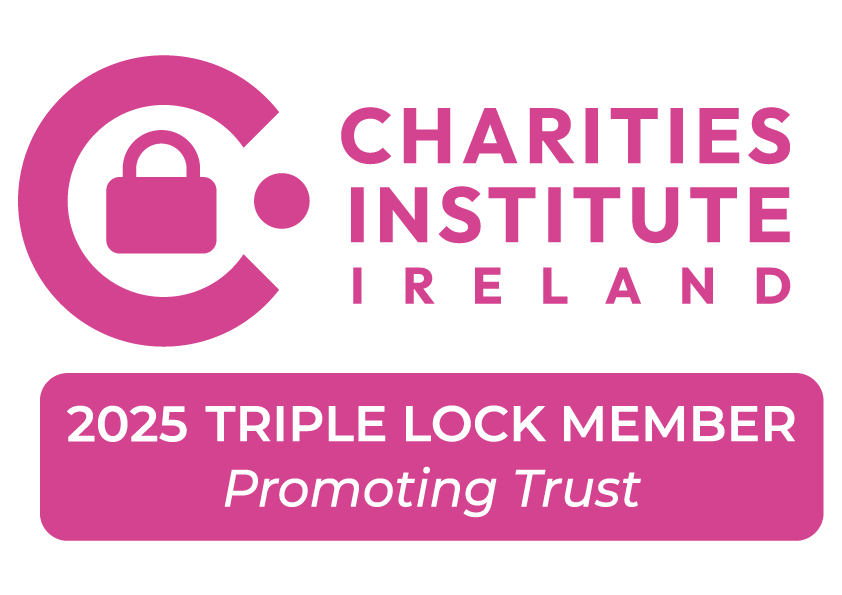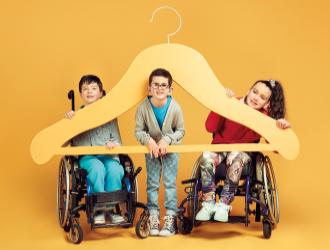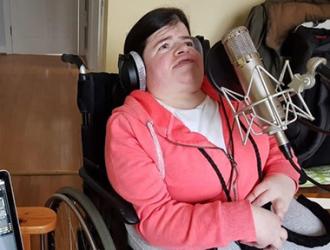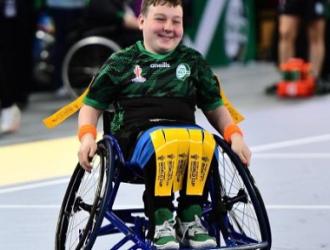In this video series, we explore how to support and value differences in neurodiverse interaction. In the fourth segment of our parent workshop series, we continue with the topic of self-advocacy and explore the question "How Does Your Child Self-Advocate?"
In this video series, we explore how to support and value differences in neurodiverse interaction. In the fourth segment of our parent workshop series, we continue with the topic of self-advocacy (also check out Neurodiversity Series | Self-advocacy) and explore the question "How Does Your Child Self-Advocate?"
Learn About:
• Self-Advocacy Techniques: Recap on different methods children use to advocate for themselves, such as direct communication, visual aids, texting, and using fidget items
• Positive Behavior Support (PBS): Explore self-advocacy through the lense of a PBS approach, which focuses on interpreting behaviors as communication rather than viewing them negatively.
• Teaching Self-Advocacy: Learn the three key components of effective self-advocacy: knowing oneself, understanding one's needs, and communicating them clearly
• Supportive Tools and Strategies: Explore tools like headphones, secret words, disclosure badges, and affirming messages to assist children in self-advocating comfortably
• Involving the Community: Gain insights on involving educators, family, and friends in supporting the child's self-advocacy, and learn how to share personal experiences to teach and reflect on self-advocacy skills.
Join us to learn strategies and insights that will help you better support the neurodivergent individuals in your life. Together, we can create inclusive environments where everyone can thrive.
Chapters:
00:00 Intro and recap
02:23 How can we teach self-advocacy from a PBS perspective?
03:27 Strategies: supporting a child in their self-advocacy
04:18 Reflective practice
04:37 Some resources
05:00 Conflict resolution
05:40 Parent experiences & learning
06:25 Reflection & take aways
Sources we used, references and resources mentioned:
https://www.autisticslt.com/ https://www.divergentperspectives.co.uk/ https://therapistndc.org/
Uniquely Human: A Different Way of Seeing Autism/ Book by Barry M. Prizant and Tom Fields-Meyer
https://g.co/kgs/3W5RzGJ https://uniquelyhuman.com/
Judy Singer/ Judy Singer’s Blog: https://neurodiversity2.blogspot.com/...
The Reason I Jump: The Inner Voice of a Thirteen-Year-Old Boy with Autism (Book by Naoki Higashida)
https://g.co/kgs/M3kuUa4
Standing Up for Myself: An Empowering Book for Neurodivergent Kids and Teens about Boundaries, Sensitivity, Personal Space, Consent, Power Play and Self Advocacy (Book by Evaleen Whelton)
https://g.co/kgs/dBj8tci




